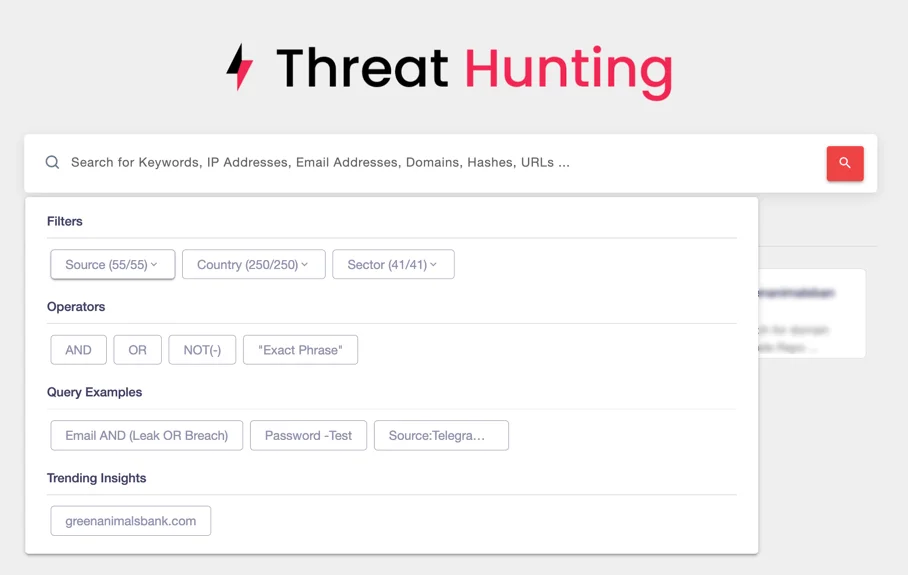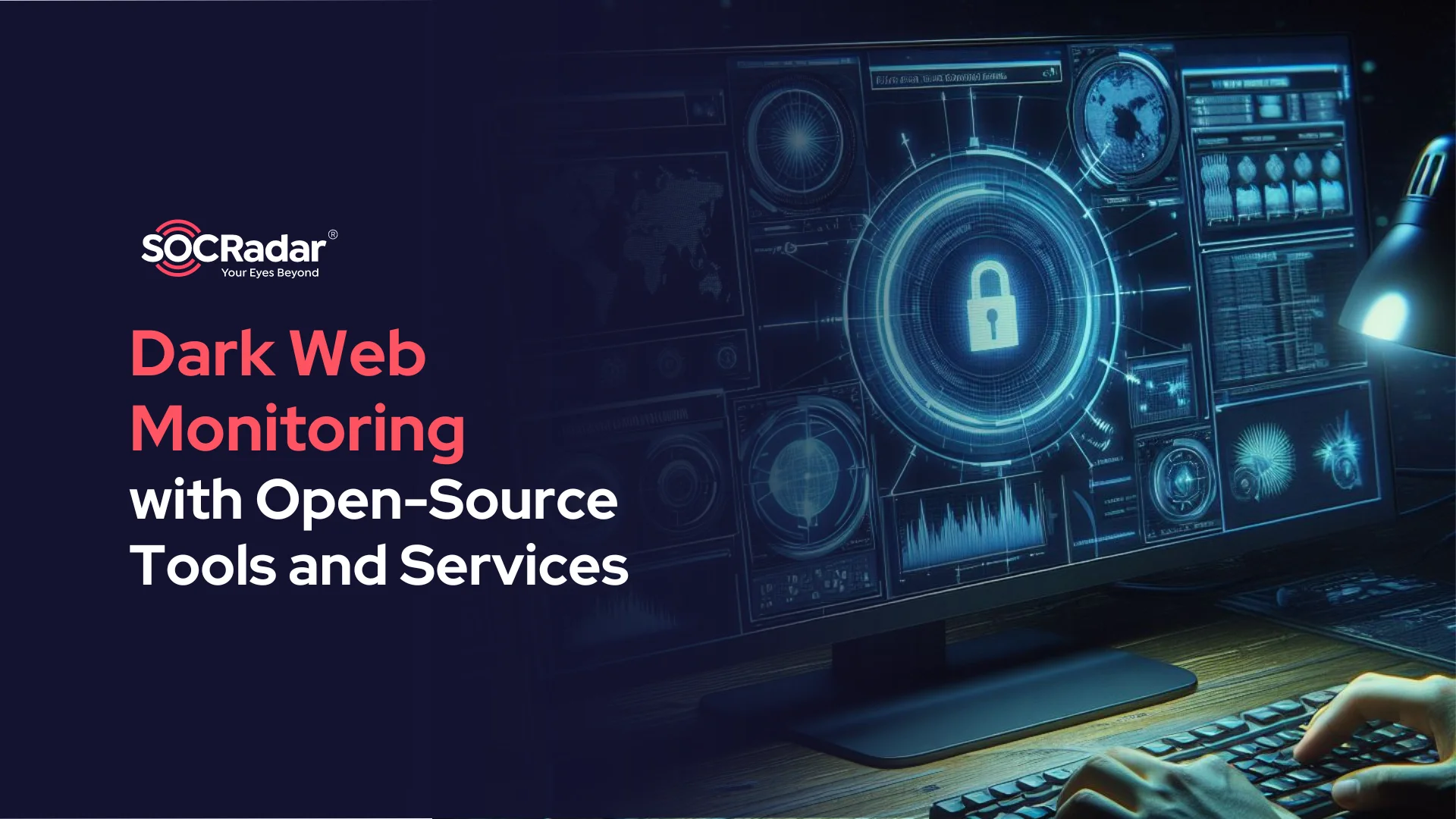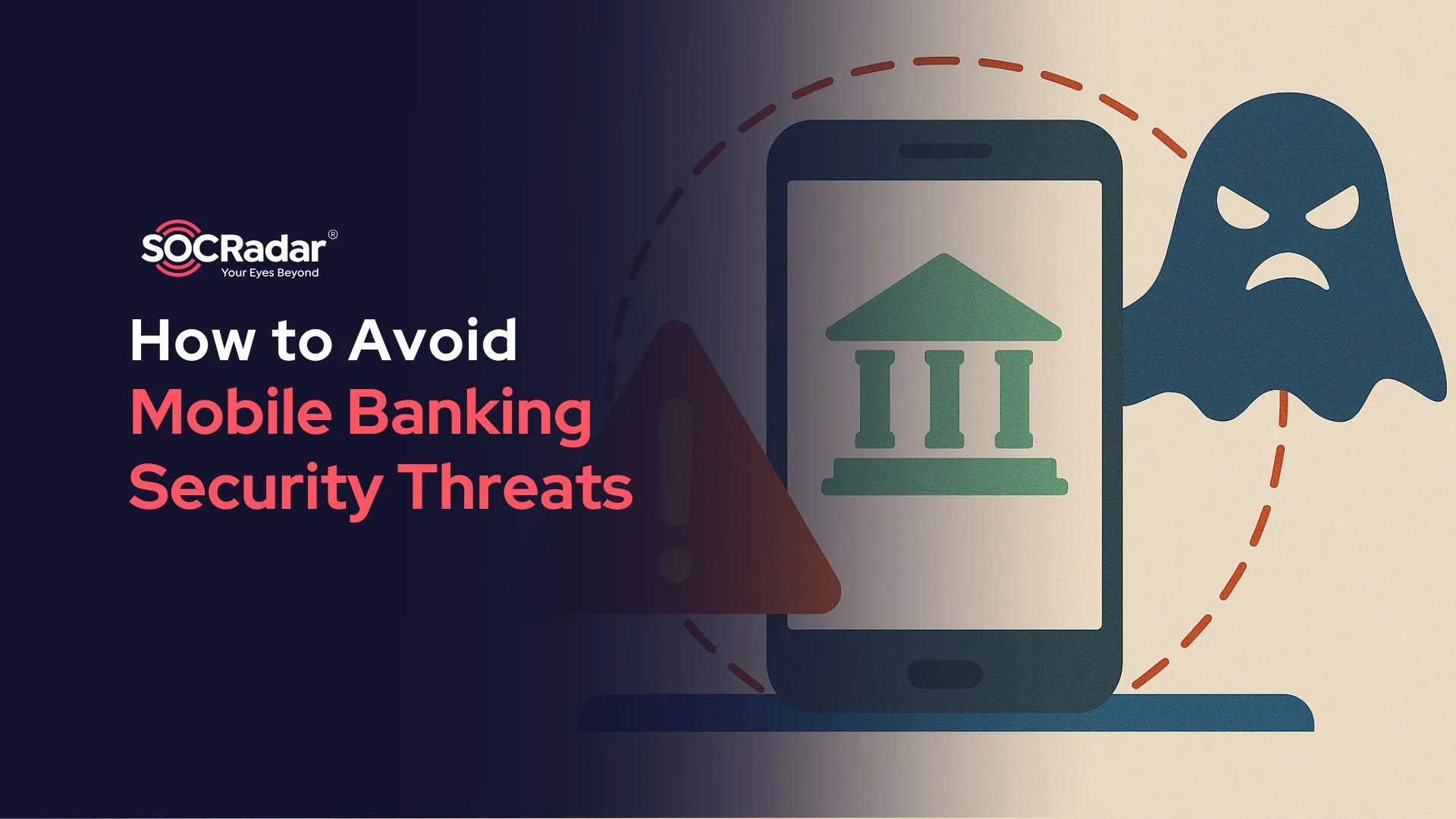
The Future of AI-Powered Threat Detection in Cybersecurity
As cyber threats grow more sophisticated, the demand for advanced detection mechanisms becomes increasingly critical. AI-powered threat detection is at the forefront of this transformation, reshaping how organizations identify, respond to, and mitigate risks. This article explores the current applications of AI in threat detection, its benefits, and the trends shaping its future in cybersecurity.
Current AI Applications in Threat Detection
AI technologies are already making significant strides in cybersecurity by automating processes, analyzing vast datasets, and providing actionable insights. Below are some real-world applications where AI is leading the charge:
Anomaly Detection: AI models, such as machine learning algorithms, are employed to detect unusual behaviors within networks. For instance, systems like Splunk and IBM QRadar leverage AI to flag deviations from baseline activity, enabling early detection of threats such as insider attacks or malware.
Threat Hunting and Intelligence: Platforms like SOCRadar’s Extended Threat Intelligence offers a Threat Hunting service that utilizes AI to scour dark web forums, threat actor channels, and other sources, identifying Indicators of Compromise (IoCs) and providing enriched threat context to security teams.

SOCRadar’s Threat Hunting Module
Phishing Detection: AI-powered tools help identify phishing attempts by analyzing URLs and email headers. SOCRadar Labs’ Phishing Radar enhances this by detecting domain spoofing, scanning domain databases for lookalike domains, and enabling swift action to prevent impersonation attacks.

SOCRadar LABS Phishing Radar results for Google domain
Endpoint Protection: Solutions like CrowdStrike and SentinelOne incorporate AI to predict and prevent endpoint breaches by continuously analyzing patterns in file activity and process behavior.
These applications demonstrate how AI enhances the efficiency and effectiveness of cybersecurity practices today.
Benefits of AI-Powered Threat Detection
The integration of AI into threat detection processes delivers several key benefits:
- Faster Detection and Response Times: AI can analyze vast amounts of data in real time, detecting threats that would otherwise go unnoticed. This speed enables organizations to respond to incidents before significant damage occurs.
- Improved Accuracy: By reducing false positives, AI helps security teams focus on genuine threats. Machine learning models refine their detection capabilities over time, increasing precision in identifying malicious activity.
- Scalability: AI solutions can handle the growing complexity and volume of cyber threats without requiring proportional increases in human resources.
- Proactive Threat Mitigation: AI can predict potential vulnerabilities by analyzing trends and historical data, helping organizations strengthen their defenses against future attacks.
- 24/7 Monitoring: Unlike human teams, AI operates continuously, ensuring that networks and systems are safeguarded around the clock.
Future Trends in AI and Cybersecurity
The future of AI-powered threat detection is brimming with possibilities, driven by rapid advancements in technology and the ever-evolving nature of cyber threats. Some emerging trends include:
Explainable AI (XAI): As AI becomes more integral to cybersecurity, there is a growing focus on making AI decisions transparent and interpretable. XAI initiatives aim to provide security teams with clear justifications for AI-driven alerts, enhancing trust and understanding.
AI-Augmented Human Expertise: While AI excels at data analysis, combining it with human intuition and expertise creates a powerful synergy. Future solutions will increasingly integrate AI to assist analysts in making faster, more informed decisions.
Behavioral Biometrics: AI-driven behavioral analysis is expected to play a larger role in user authentication and fraud detection. By analyzing patterns such as typing speed and mouse movements, AI can identify anomalies that indicate potential compromises.
Integration with Quantum Computing: As quantum computing matures, its integration with AI will enable faster and more efficient data processing, allowing for real-time detection of complex and multi-vector threats.
Autonomous Security Operations: The next generation of AI will drive fully autonomous security operations, where AI systems not only detect but also respond to threats without requiring human intervention, reducing response times to seconds.
AI-powered threat detection is undoubtedly transforming the cybersecurity landscape. Its current applications, coupled with advancements on the horizon, promise to bolster defenses against even the most sophisticated cyber threats. By leveraging these innovations, organizations can stay ahead of adversaries and protect their critical assets.



































